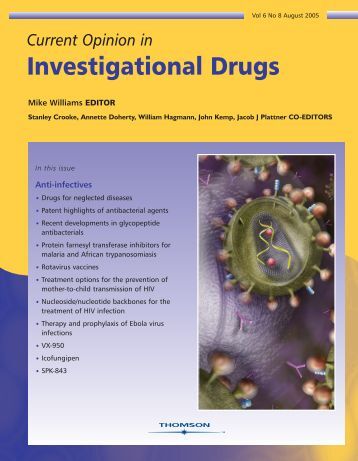
“Cannabis has been known to be the oldest psychoactive plant for years. It is classified in the Cannabis genus, which is part of the Cannabacea family.
Cannabis sativa L. is the most common species. Δ9-tetrahydrocannabinol (THC) is the main psychoactive constituent identified in Cannabis sativa L.
THC is the most notable cannabinoid among all phytocannabinoids.
THC is exposed to degradation and converted into its active and inactive metabolites that are conjugated with glucuronic acid, and excreted in urine. THC is converted to active metabolite, 11-hydroxy-Δ9-THC (11-OH-THC), and then converted to an inactive metabolite, 11-nor-9-carboxy- Δ9-THC (THC – COOH).
ElSohly and Slade mention that C. sativa and its products have been used as medicinal agents.
Cannabinoids show a variety of therapeutic effects against chronic pain and muscle spasms, nausea and anorexia caused by HIV treatment, vomiting and nausea caused by cancer chemotherapy as well as anorexia associated with weight loss caused by immune deficiency syndrome.
Many studies report that THC provides protection against neuronal injury in a cell culture model of Parkinson disease and experimental models of Huntington disease, exhibits anti-oxidative action and mitigates the severity of the autoimmune response in an experimental model of diabetes.
The development and progression of diabetes mellitus and its complications arise out of increased oxidative damage. Kassab and Piwowar report that the best-known pathways of diabetic complications include oxidative stress.
The aims of the study presented in this paper were: (a) to explain the effects of THC on oxidative stress in T2DM treated with THC and (b) to determine the level of THC metabolites in the urine of diabetic and control rats induced by THC injection.
The object of the study is to examine the effects of Δ(9)-tetrahydrocannabinol (THC) against oxidative stress in the blood and excretion of THC metabolites in urine of type 2 diabetic rats.
These findings highlight that THC treatment may attenuate slightly the oxidative stress in diabetic rats.”
http://www.ncbi.nlm.nih.gov/pmc/articles/PMC4818362/









